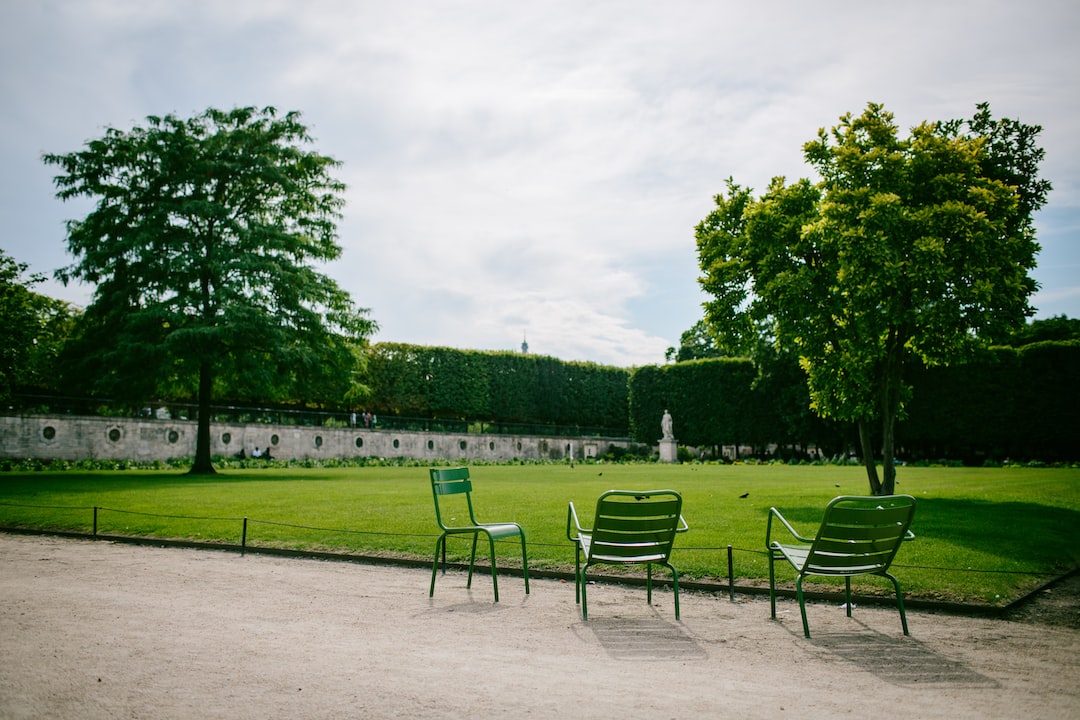Garden Photography: Capturing the Beauty of Nature in Your Own Backyard
In today’s fast-paced world, people often find solace and peace in the tranquility of their gardens. These private sanctuaries inspire a sense of wonder and offer a respite from the chaos of everyday life. With the advent of smartphones and affordable cameras, garden photography has become more accessible than ever before. Now, you can capture the beauty of nature in your own backyard and preserve these moments forever.
Garden photography is a delightful way to blend your love for nature and creativity. It allows you to capture the ephemeral beauty of flowers in bloom, the intricate details of foliage, and the play of light and shadow in a whimsical garden setting. Whether you have a sprawling landscape or a small balcony garden, there is always something waiting to be captured through the lens.
To get started with garden photography, you don’t need to be a professional photographer or invest in expensive equipment. Your smartphone or an entry-level DSLR camera can produce stunning results. Here are a few tips to help you capture the beauty of nature in your garden:
1. Timing is Key: The best time to photograph your garden is during the golden hour – the hour after sunrise and before sunset. The soft, warm light during these times adds a magical touch to your images, bringing out the colors and textures of the flora. Moreover, try to avoid harsh midday sunlight as it can create unflattering shadows and may blow out the highlights.
2. Pay Attention to Composition: A well-composed photograph can make even the most ordinary subject look extraordinary. Use the rule of thirds to create visually pleasing images. Imagine your frame divided into a 3×3 grid and place your main subject at the intersection of these lines. Also, experiment with different angles, perspectives, and depth of field to add depth and interest to your photos.
3. Explore Macro Photography: Macro photography allows you to capture the intricate details of flowers, insects, and plant structures. With a macro lens or by using the macro mode on your camera, you can focus on the delicate textures and patterns that often go unnoticed. Be patient, as macro photography requires a steady hand and a keen eye for detail.
4. Experiment with Depth of Field: Depth of field refers to the range of sharpness in a photograph. By using a wide aperture (smaller f-number), you can create a shallow depth of field, blurring the background and drawing attention to the main subject. This technique works exceptionally well when photographing individual flowers or capturing the essence of a particular plant.
5. Embrace Wildlife: Gardens are not just about plants, but also about the creatures that inhabit them. Be open to capturing the beauty of butterflies, bees, and birds as they interact with the flowers. Patience is crucial, as wildlife photography requires you to wait for the perfect moment. Remember to be respectful and not disturb their natural behavior.
6. Edit with Care: Once you have captured a few garden photographs, take some time to edit them and enhance their visual appeal. Simple adjustments like adjusting brightness, contrast, and color saturation can make a significant difference. There are plenty of free editing tools available online, or you can explore paid software like Adobe Lightroom for more advanced editing options.
7. Experiment and Have Fun: Don’t be afraid to experiment and push the boundaries of your creative vision. Try different techniques like panning, long exposure, or shooting through objects to add unique and artistic elements to your garden photography. Remember, it’s your backyard, and you are free to express your creativity in any way you want.
Garden photography is a fulfilling hobby that allows you to connect with nature and capture its ever-changing beauty. It teaches you to slow down, observe the details, and appreciate the small wonders that surround us. So grab your camera, head to your garden, and start capturing the hidden treasures waiting to be discovered. With time and practice, you will learn to capture stunning photographs that showcase the magic of nature, right in your own backyard.

